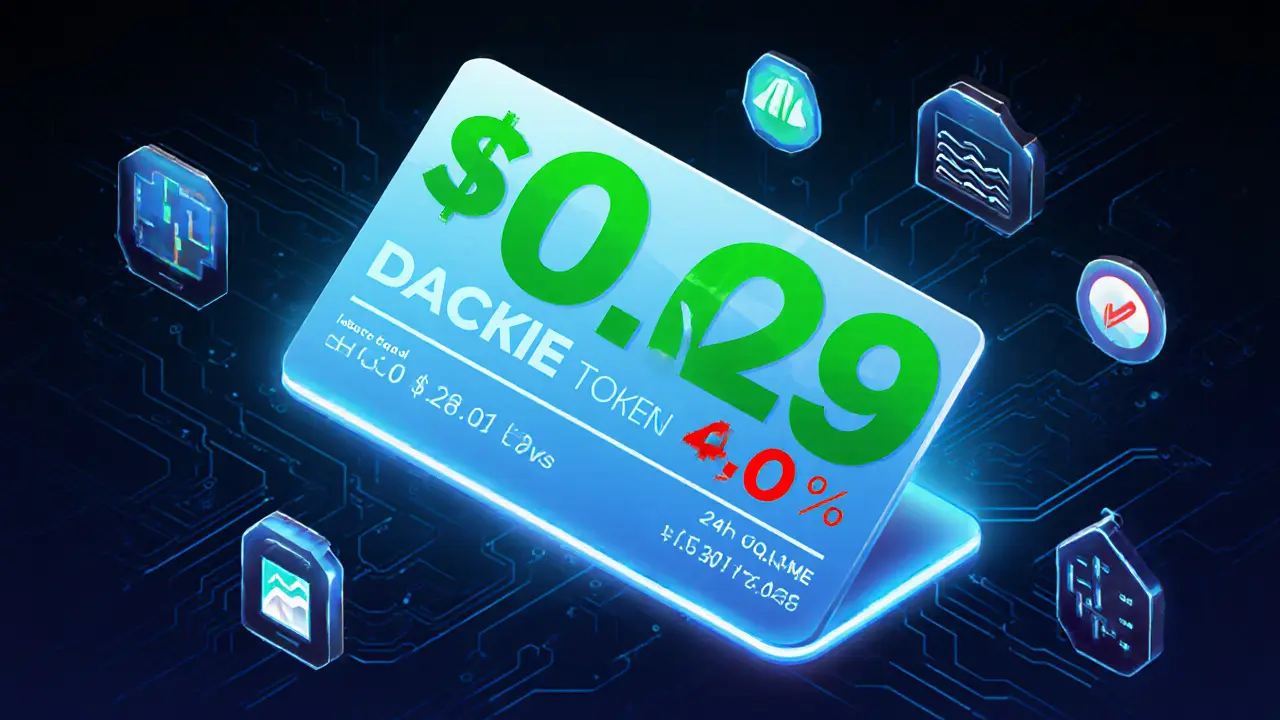AI-Powered DEX: Fast, Smart Crypto Swaps
When working with AI-powered DEX, an exchange that uses artificial intelligence to automate pricing, liquidity provision, and trade execution on a blockchain. Also known as AI DEX, it combines decentralized exchange architecture with machine‑learning models to improve market efficiency.
The core of any decentralized exchange, a platform that lets users trade directly from their wallets without a central broker is a set of smart contracts, self‑executing code that enforces trade rules and settles swaps on‑chain. In an AI-powered DEX, these contracts are fed live data from AI models that predict price movement, rebalance liquidity pools, and adjust fees in real time. This creates a feedback loop: AI-powered DEX requires smart contracts, smart contracts host AI logic, and AI logic drives better market outcomes. That’s the first semantic triple.
Key Concepts to Know
Beyond the basic exchange layer, an AI‑enhanced platform leans on cross‑chain bridges, protocols that move assets between separate blockchains while preserving security. By enabling assets from Ethereum, Binance Smart Chain, or Solana to flow into a single AI‑driven liquidity pool, the DEX widens its market depth and reduces slippage. This relationship forms the second triple: cross‑chain bridges influence AI-powered DEX performance. Another pillar is machine learning, algorithms that learn from historical trade data to forecast short‑term price trends. When the model spots a surge in demand for a token, it automatically nudges the AMM curve, keeping the pool balanced. That’s the third triple—AI-powered DEX encompasses automated market making powered by machine learning.
Liquidity pools themselves are a distinct entity. A pool gathers two assets, like ETH and a stablecoin, and lets traders swap between them using an algorithmic pricing formula. In the AI context, the pool’s parameters—fee rate, depth, and rebalancing frequency—are not static; they adapt based on AI predictions. This dynamic adjustment helps protect against impermanent loss and improves capital efficiency. Governance tokens also play a role: holders can vote on AI model updates, fee distributions, or bridge integrations, tying community governance to technical evolution.
All these pieces—decentralized exchange fundamentals, smart contracts, cross‑chain bridges, machine learning, liquidity pools, and governance—create a tightly knit ecosystem. As you explore the articles below, you’ll see real‑world examples of each component, from tokenomics breakdowns of new AI‑enabled coins to compliance guides for running a DEX under global regulations. Whether you’re a trader hunting low‑fee swaps, a developer wanting to build an AI module, or an investor sizing up the next big platform, the collection gives you concrete insights to act on. Dive in and discover how the AI-powered DEX landscape is shaping the future of crypto trading.

DackieSwap (DACKIE) Explained: What the Crypto Coin and DEX Do
Sep 25, 2025, Posted by Ronan Caverly
Learn what DackieSwap is, how its DACKIE token works, AI routing features, market performance, risks, and step‑by‑step usage for this niche decentralized exchange.
MORESEARCH HERE
Categories
TAGS
- decentralized exchange
- crypto exchange review
- cryptocurrency
- crypto coin
- CoinMarketCap airdrop
- smart contracts
- tokenomics
- cryptocurrency exchange safety
- crypto exchange
- cryptocurrency airdrop
- crypto airdrop
- cryptocurrency exchange
- crypto airdrop guide
- blockchain token distribution
- DeFi
- crypto exchange scam
- crypto airdrop 2025
- Ethereum
- cross-chain interoperability
- ERC-20
